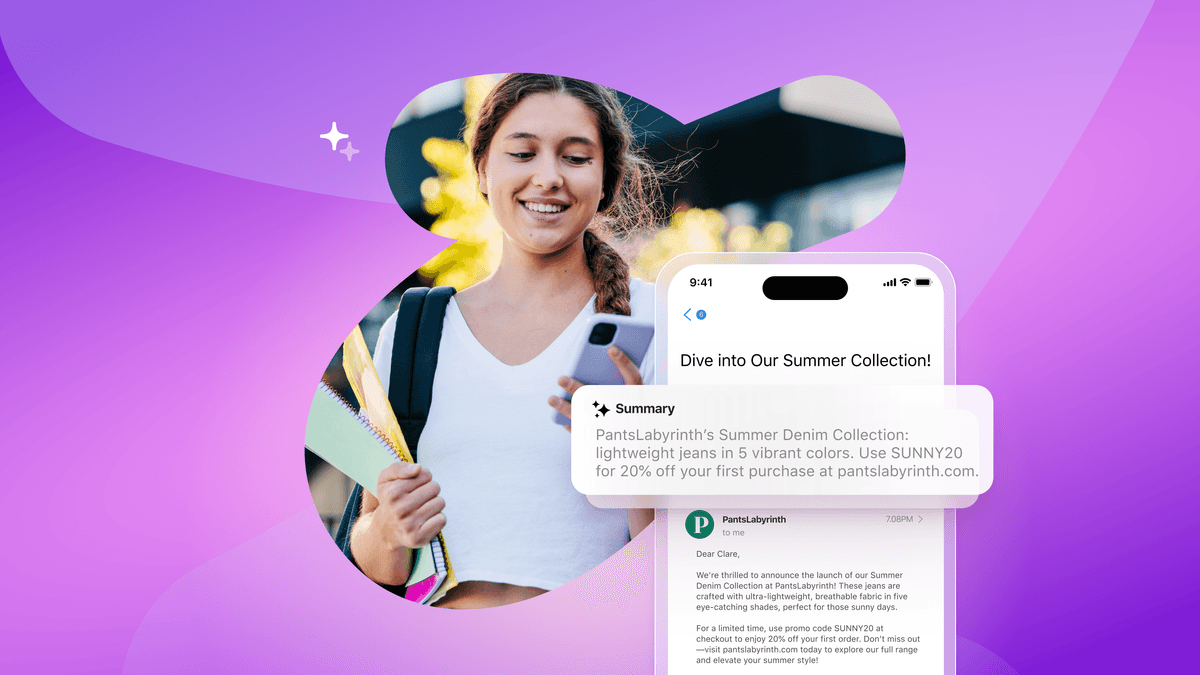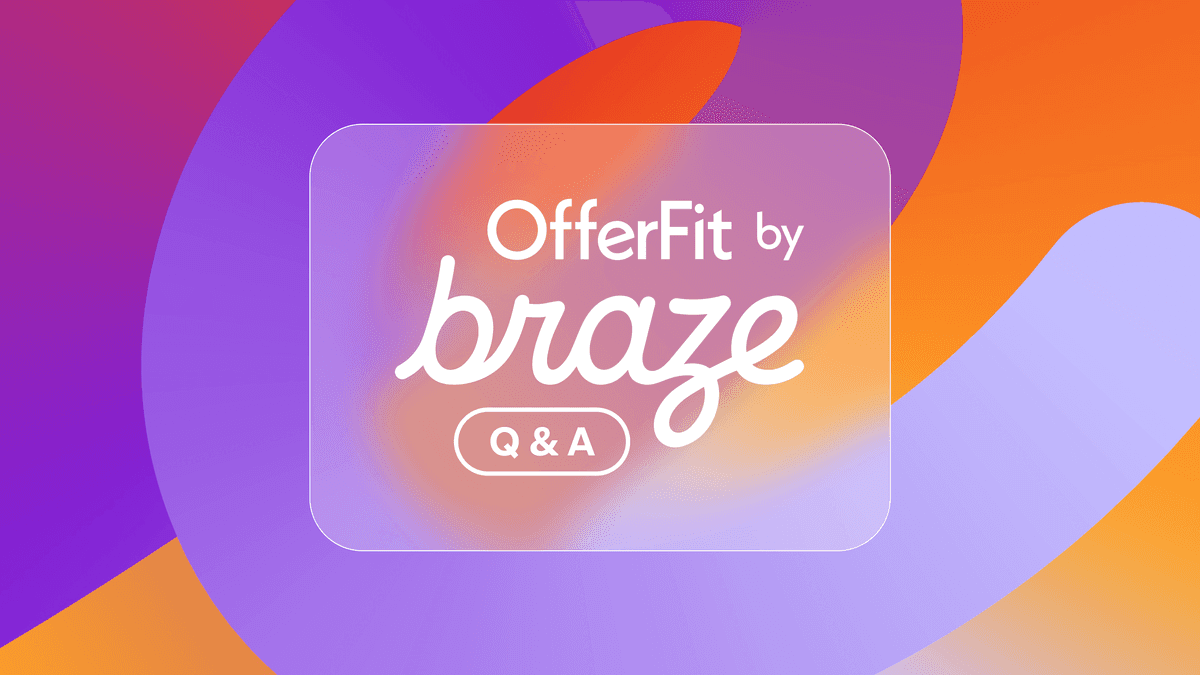Behind Web Push [Part 3]: Web Push Browser Differences
Published on January 31, 2020/Last edited on January 31, 2020/4 min read
![Behind Web Push [Part 3]: Web Push Browser Differences](/_next/image?url=https%3A%2F%2Fcdn.sanity.io%2Fimages%2Fb7pblshe%2Fmarketing-prod%2F840b321d44aa418c03e9c8bf57a1af38fd0d53ed-1200x630.jpg&w=1200&q=75)

Todd Grennan
Content Production Principal, Content Marketing at BrazeWhen it comes to web push notifications, not all browsers are created equally.
Some browsers don’t support web push; others support it on desktop but not on mobile. And they’ve all got their own unique specifications, impacting how many words messages can display and support for images. Understanding how things differ from browser to browser is a key part of making effective use of this increasingly important messaging channel—so let’s take a moment and walk through some of the biggest browsers and where they stand.
Chrome
Google’s Chrome browser—the world’s most used—has long had the most robust web push support of any major browser (though, as you’ll see, Firefox and Edge have recently caught up). Chrome can support web push notifications both on the desktop version of the browser AND on mobile, making web push notifications a powerful way to reach the world’s more than 2 billion Android users (since Chrome is the default browser for Android).
Chrome’s web push specs:
- Icons: 192x192 pixels
- Title Text: Up to 36 characters
- Body Text: Up to 41 characters
Safari
When it comes to web push, Safari is something of an odd duck. Most browsers implement web push based on the World Wide Web Consortium (W3C) push standard, which makes it possible for brands to deliver these messages using a variety of push services, including Google’s Firebase Cloud Messaging (FCM), Mozilla Cloud Services (MCS), and Windows Push Notification Service (WNS).
Apple, on the other hand, has decided to go its own way, adopting a custom web push solution for its Safari browser that’s built on its Apple Push Notifications Services (APNs) platform. This approach lets Apple have more control over how web push notifications display—meaning, for instance, it’s easier to send messages with images that resemble rich mobile app push notifications—but also increases the burden needed to support their web push solution AND the one used by all other major browsers. That means that not every customer engagement platform will include Safari support, limiting this channels’ potential impact by their customers.
Another issue? Unlike Chrome, Apple only supports web push notifications on the desktop version of their flagship web browser—which means if you want to send web push notifications to the 700+ million iPhone users out there, you’re just out of luck.
Desktop Safari’s web push specs:
- Icons: These can’t be configured on a campaign-by-campaign basis.
- Title Text: Up to 31 characters
- Body Text: Up to 58 characters
Firefox
After Google, Mozilla was one of the first to embrace web push notifications, making them part of their browsers beginning with Firefox 44. Because Mozilla follows the same W3C push standard as Google and others, the differences between their instance of web push and other non-Apple versions are pretty minimal—plus, they’ve now followed Chrome’s example and support web push on Android devices, allowing marketers to communicate directly with mobile web visitors on this popular browser.
Firefox’s web push specs:
- Icons: 192x192 pixels
- Title Text: Up to 32 characters
- Body Text: Up to 29 characters
Opera
Opera, Norway’s pride and joy, has followed Mozilla’s lead when it comes to supporting web push notifications on its eponymous web browser, leaning on the W3C’s push standard and supporting this messaging channel on desktop but not mobile.
Desktop Opera’s web push specs:
- Icons: 192x192 pixels
- Title Text: Up to 32 characters
- Body Text: Up to 29 characters
Edge
Now that Internet Explorer is in the rearview window, we’re seeing Microsoft embrace web push in a big way with its Edge browser. Not only does Edge support web push on desktop, it has joined Chrome and Firefox as the only browsers to allow web notifications for Android devices.
Anything else?
Looking to learn more about web push? Check out:
Related Tags
Be Absolutely Engaging.™
Sign up for regular updates from Braze.
Related Content
View the Blog
How Android 16 and iOS 26 are reshaping customer engagement

Haley Trost

Proven customer retention strategies for building loyalty and reducing churn
July 02, 2025
Introducing OfferFit by Braze: Answering burning questions
